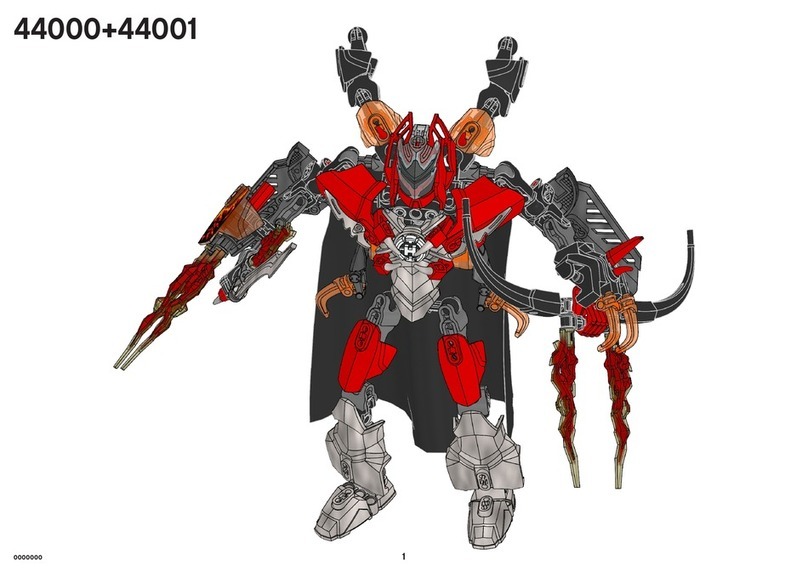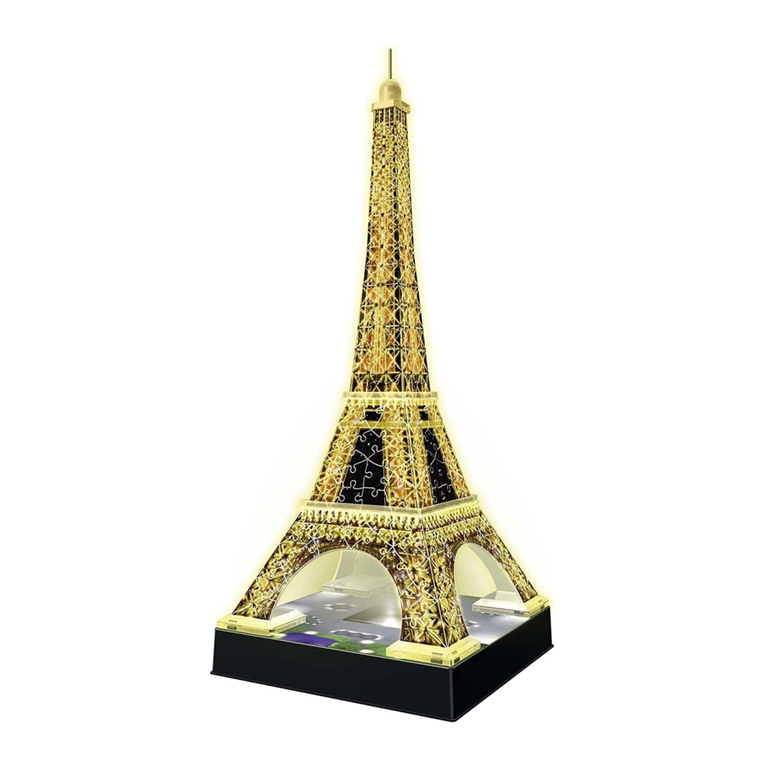JohnDRockefellerJr
John Davison Rockefeller, Jr. (January 29, 1874 – May 11,
1960) was a major philanthropist and a pivotal member
of the prominent Rockefeller family. He was the sole son
among the five children of businessman and Standard
Oil industrialist John D. Rockefeller and the father of the
five famous Rockefeller brothers. In biographies, he was
invariably referred to as “Junior” to distinguish him from
his more celebrated father, known as “Senior”.
After graduation, Rockefeller, Jr. joined his
father’s business (October 1, 1897) and set up operations
in the newly-formed family office at Standard Oil’s
headquarters at 26 Broadway. He became a Standard Oil
director; he later also became a director in J. P. Morgan’s
U.S. Steel company, which had been formed in 1901. After
a scandal involving the then head of Standard Oil, John
Dustin Archbold (the successor to Senior), and bribes he
had made to two prominent Congressmen, unearthed
by the Hearst media empire, Junior resigned from both
companies in 1910 in an attempt to “purify” his ongoing
philanthropy from commercial and financial interests.
During the Great Depression he developed and was the
sole financier of a vast 14-building real estate complex in
the geographical center of Manhattan, Rockefeller Center.
He probably gave more attention to the development of
Rockefeller Center than to any other project.
John D. Rockefeller, Jr., leased the space from
Columbia University in 1928 and began development in
1930. The land was cleared of more than 200 browstone
houses and other antiquated buildings. Rockefeller
initially planned a syndicate to build an opera house
for the Metropolitan Opera on the site, but changed
his mind after the stock market crash of 1929 and the
withdrawal of the Metropolitan from the project. Rockefeller
stated “It was clear that there were only two courses
open to me. One was to abandon the entire development.
The other to go forward with it in the definite knowledge
that I myself would have to build it and finance it alone.”
Negotiating a line of credit with the Metropolitan Life
Insurance Company and covering ongoing expenses
through the sale of oil company stock, he took on the
2
21007_BI.indd 221007_BI.indd 2 27/08/2010 2:16 PM27/08/2010 2:16 PM



















































